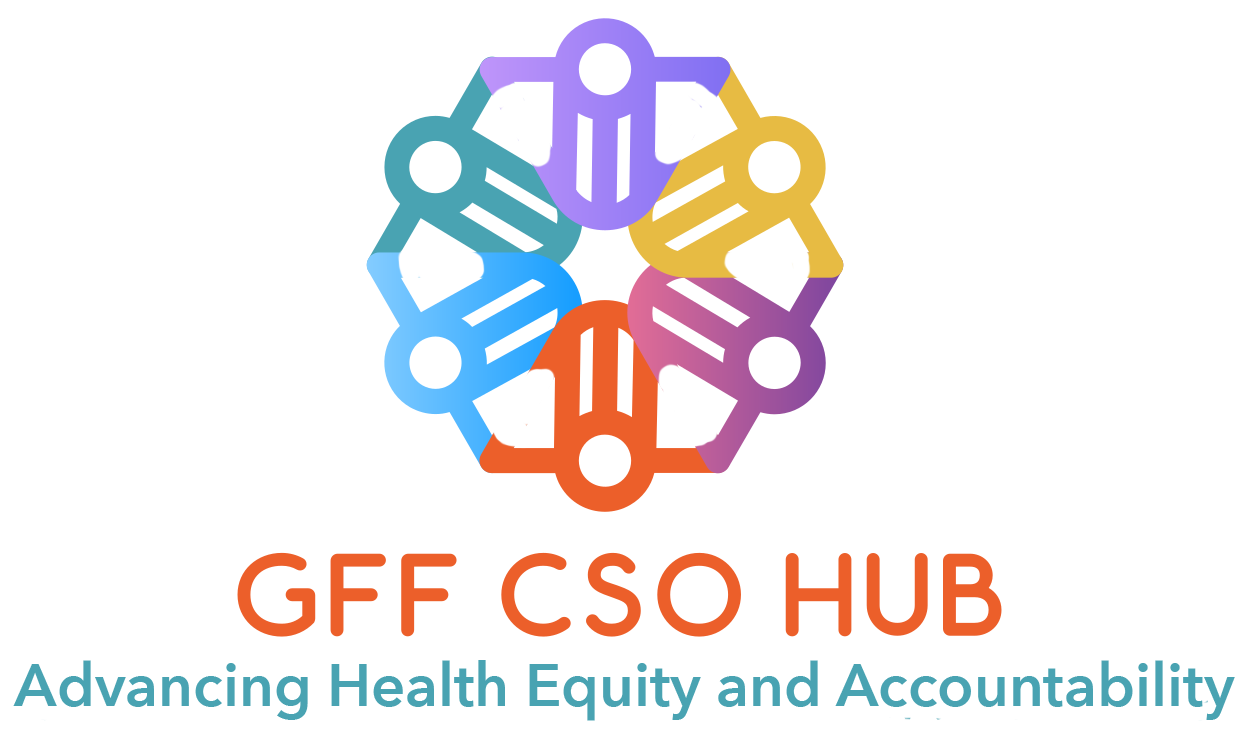An in-depth comparative analysis of the Global Financing Facilities across seven participating countries: Cote d’Ivoire, Guatemala, Kenya, Malawi, Nigeria, Sierra Leone and Uganda. The GFF is underpinned by a financing model that ought to leverage on comparatively small amounts of grant resources to catalytically unlock more funding from domestic government resources, World Bank financing, aligned external financing, and resources from the private sector in order to bring reproductive, maternal, newborn, child and adolescent health and nutrition (RMNCAH-N) programs to scale. The analysis demonstrates that while the mechanism is expected to unlock domestic resources for reproductive, maternal, newborn, child, and adolescent health and nutrition (RMNCAH-N), there is little, if any, evidence that this is achieved. Opacity around the mechanism’s decision-making approaches and processes, lack of optimal inclusion of key stakeholders including CSOs, misunderstanding of what the mechanism is by stakeholders, and the absence of sustainable financing mechanisms for CSOs constitute other key challenges facing the mechanism.
 Back to Resource Hub
Back to Resource Hub 